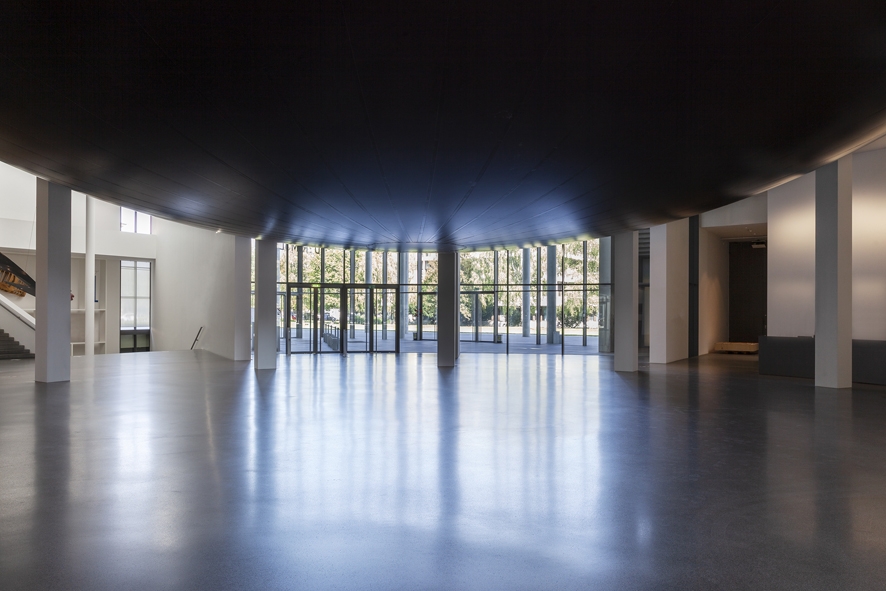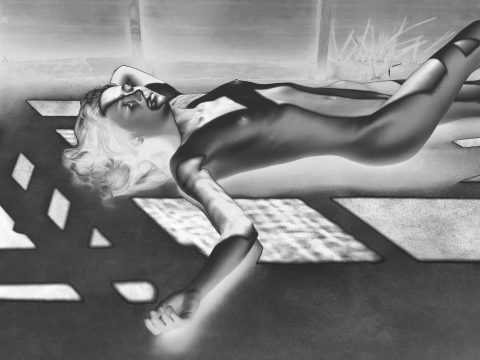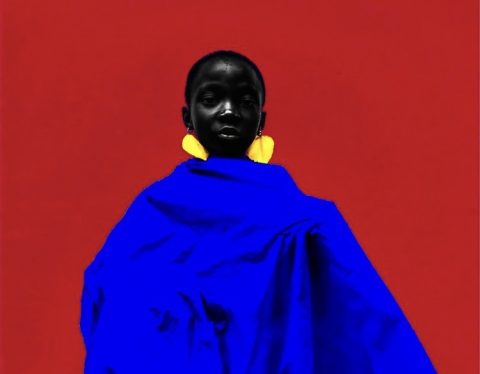Since September, the Contemporary Art Collection at the Munich museum “Pinakothek der Moderne” – has been showing a new installation of the London-based artist Anish Kapoor. The work entitled “Howl” is designed to givemuseum-goers a new spatial experience for the next eight months. This object, like the other works by the renowned artist, explores the symbiotic relationships between architecture and sculpture. “Howl” extended over three floors is made of PVC. The sculpture fills the entrance rotunda with a monochrome hollow body and challenges the physical and sensual perception of materiality and immateriality.
Born in 1954 in Bombay to a Punjabi father and a Baghdadi-Jewish mother, Anish Kapoor left India at the age of 16 first for Israel later on for London. In the early 1970s, he studied art at the Hornsey College and then the Chelsea College of Art and Design. About this time, he began to work with materials not quite common in classical sculpture.
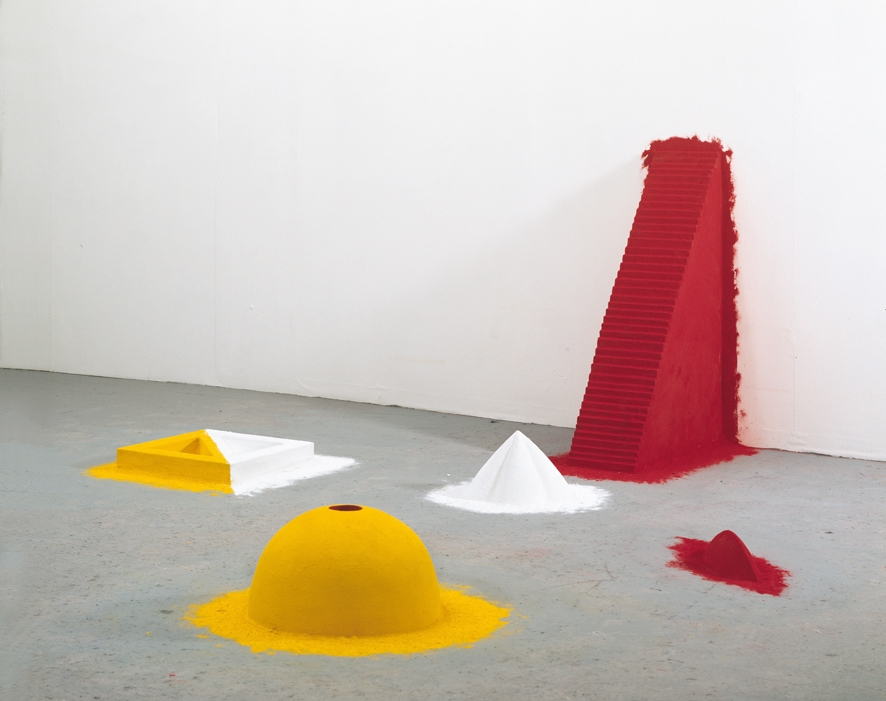
He created geometric shapes, spraying colorful pigments on them. The rich blue, yellow and especially red of his Series “1000 Names” are reminiscent of colorful Indian markets, where mountains of spices and ritual pigments are on display. When the artist went on a trip to India in 1979, he suddenly realized that the art he created had a close relationship with his homeland. However, Kapoor refuses to call himself an Indian artist. “I am Indian, but not an Indian artist, he said during the press preview in Munich. I obviously have Indian roots, like Picasso – Spanish and French, but that’s not what defines art. We have to deal with the postmodern age, the era of individualism. We cannot limit creativity to a background culture”.

In contrast to the works of other contemporary sculptors, there is always a certain symbolism in Kapoor’s objects reminiscent of ideas of the German artist Joseph Beuys, who gave his art almost a ritualistic, shamanic and healing meaning and whom Kapoor especially admires. Kapoor too, likes to unsettle his viewers with all kinds of distortional forms. He plays with interpretations and human senses. He says that if Marcel Duchamp “declares all objects to be art”, he is interested in the next level of his argument, which could have been prompted by Beuys in some way – that “all the objects in the world are symbolic”. An example is Kapoor’s sculpture “Cloud Gate” in Chicago, which visually merges with the environment turning the world upside down. Made of steel it is almost invisible only showing reflections and reminding people of their presence, a narcissistic desire to explore themselves rather than the world.
Another interesting point is that Kapoor’s objects are feminine. The vagina represented in his work “Dirty Corner” reminds one of a work of the same name, by Gustave Courbet, with which also depicts the woman’s womb. The deep red color, like the color of the earth or of female menstruation, is one of the artist’s obsessions. He thinks that in the old days women dominated society. The Gods of the beginning were female Gods, or rather Goddesses of Earth, Life, Blood and Birth. Women had the strength that men have been denied. Men became jealous. So, they tried to hunt in order to get access to the blood; and ultimately they decided to rearrange the world, by turning the Gods from red to blue and made them live in heaven. The feminine horizontality was replaced by masculine verticality. And Kapoor is interested “to bring this horizontality back”.
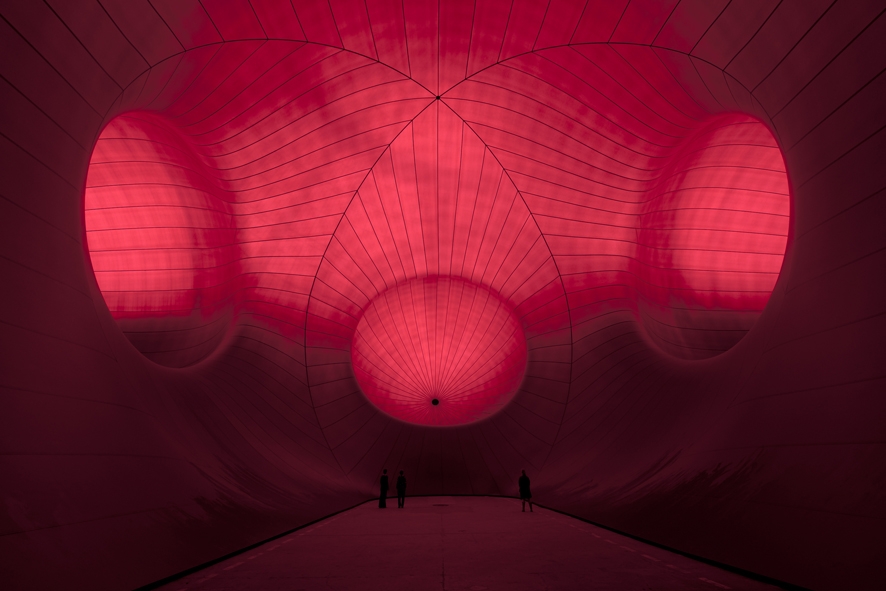
His recent work “Howl” is rather brown or like coagulated blood, the color of the Earth. For two years Oliver Kase, the curator of the Pinakothek der Moderne in Munich, has developed this project with the artist. And it must have been an enormous effort to install a huge balloon that is 14 meter high and 22 meter wide. It’s not the first PVC piece of Kapoor. The artist has been creating similar objects for about a decade – not to mention his huge sculpture “Leviathan”, 38 meters high with 80,000 cubic meters in volume, which was exhibited in the Grand Palais in Paris in 2011. Kapoor often emphasizes he has nothing to say, he cannot give the world a message but wants to create objects that question the nature them.
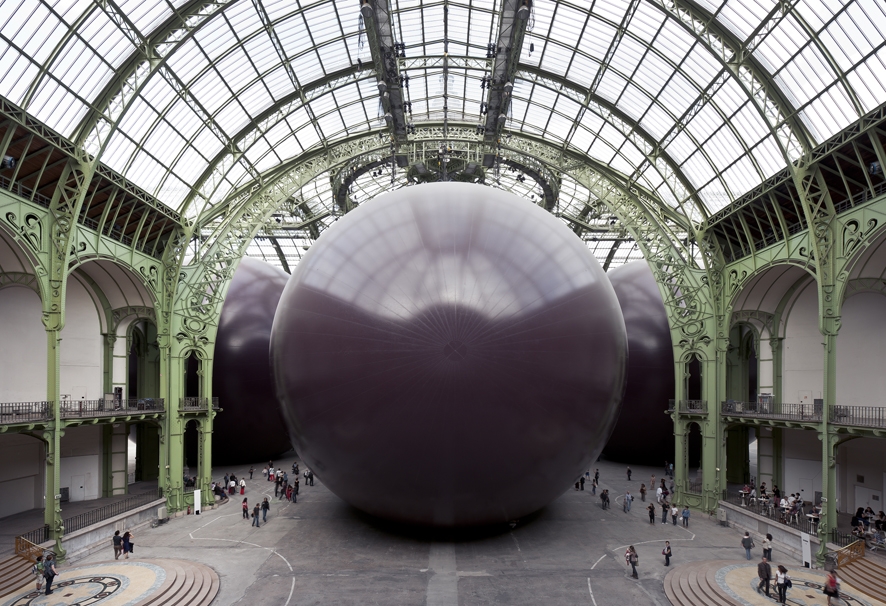
What does he actually mean? In his sculpture he strives for mysterious esoteric forms and has always been drawn to the concept of volatility. His art was not created to be passed on to other generations. It inevitably passes and brings an idle feeling of liberation as does the power of the work’s symbolism, which disappears in the blink of an eye. It carries a powerful message about how temporary everything is in the world we live in. By emphasizing the fact that the work is not eternal, the artist and the viewer have the privilege of looking at what is happening, layer by layer. The work itself, the materials from which it was created and the space in which we encounter it are only moments in time. They will be gone. And only stays in our memories. But the current work has also an additional meaning. Its title “Howl” reminds us of the controversial poem by Allen Ginsberg from the 1950s. The sound of howling comes and goes. Nothing remains. And so, we are back to the concept of the ephemeral.
According to Kapoor, an artist has access to the consciousness, and above all to the subconsciousness. Artists dare to say where people come from and where they are going. Perhaps they are speculating. But that also takes courage. Donald Judd used to say that “art is not made, it happens”. Kapoor doesn’t create objects, they happen. He uses them to create mythological events. His works are often repulsive, sometimes delightful, but most of the time they are both.

